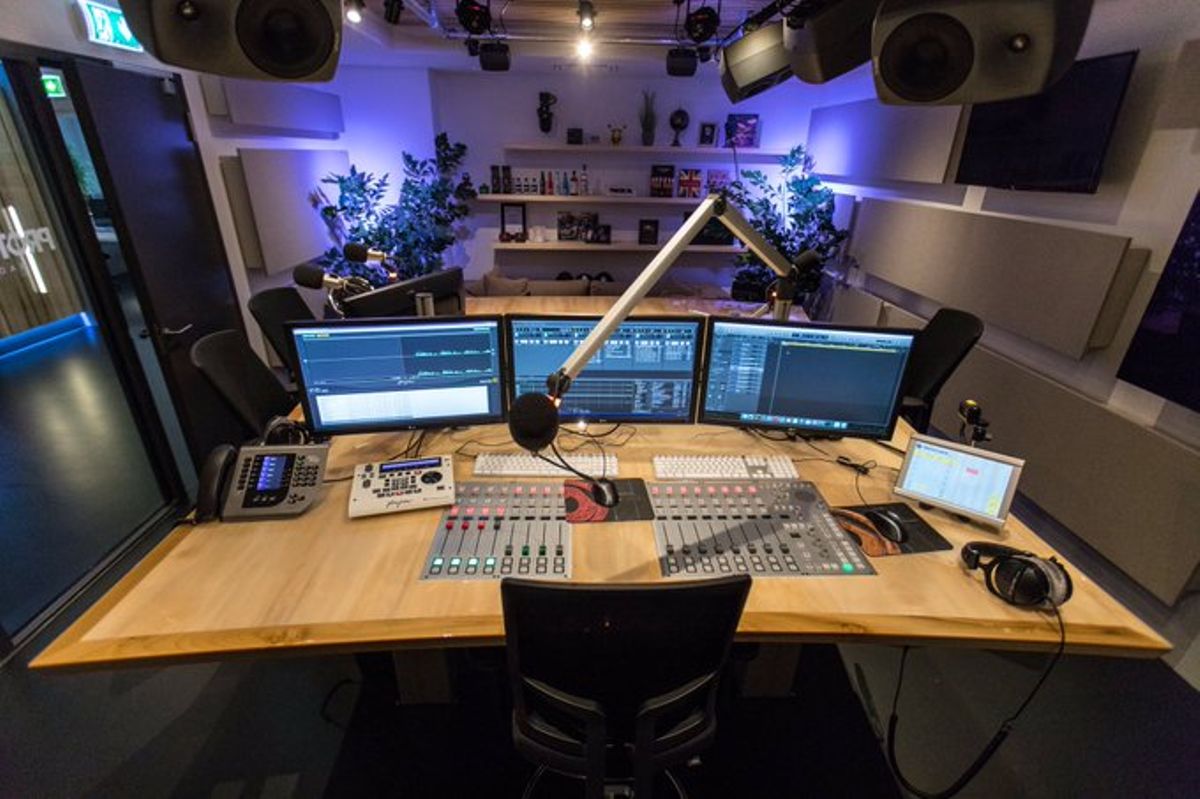Content
Was Radio Utilized In World War I? - Harvard football on the radio
History of Radio
The next improvement in telecoms was radio, the initial cordless setting of interaction. Radios send out messages by radio waves as opposed to cords.
Radio's very early years
German researcher Heinrich Hertz confirmed the presence of radio waves, which take place in nature. In 1895, a young Italian named Gugliemo Marconi invented what he called "the wireless telegraph" while experimenting in his parents 'attic. He used radio waves to transmit Morse code and the instrument he used became known as the radio. In 1906, Marconi shared the Nobel Prize for physics with Ferdinand Braun, a German, in recognition of their payments to the growth of cordless telegraphy. Radio functions by transforming audios or signals right into radio waves, which take a trip via air, room, as well as strong items, as well as the radio receiver alters them back right into the noises, words, as well as music we hear.
Based on the human voice, radio is a distinctively personal medium, invoking a listener's imagination to fill in mental images around the broadcast sounds. Quicker and also in an extra extensive style than any other tool, radio can relieve listeners with reassuring dialogue or background music, or it can jar them back into reality with polemics and damaging information. Radio additionally can use a limitless variety of noise as well as songs impacts to captivate and enthrall listeners. Since the birth of this tool, business program firms in addition to federal government organs have made conscious use of its unique credit to develop programs that bring in as well as hold audiences' interest. A radio broadcast is a one-way transmission, originating from a radio station. In the early 1920s, radio played a vital duty in individuals's lives, as well as over 500 stations were broadcasting news, music, sporting activities, dramatization, as well as variety shows. By the 1930s, a lot of homes in the U.S. and Europe had at the very least one radio.

- Regardless, everything started with the discovery of radio waves-- electromagnetic waves that have the ability to send music, speech, photos, and other information vaguely via the air.
- Sports radio remains to preserve its place in our lives, however, moving on, it is essential for it to look inwards, and also see how it is making certain that all voices are heard.
- In 1886, German physicistHeinrich Rudolph Hertz showed that quick variants of electric current could be predicted right into area in the form of radio waves, similar to light waves and also warm front.
- Television broadcasting is the transmission of moving photos by radio, which contain series of still images, which are displayed on a display on a tv receiver (a "television" or TV) along with an integrated sound channel.
- The Radio Corporation of America was the government-sanctioned radio syndicate created to replace Marconi's American company.
- Eventually, paper proprietors recognized the value of possessing radio terminals and the stranglehold on radio information finished.
Radio - Harvard football on radio
A brand-new business medium
The need for law
In the USA, active broadcasting preceded strong federal government policy. Without a doubt, as radio came to be a growing number of of a company, station proprietors affiliated to seek more powerful federal government licensing policy. From 1922 to 1925, Herbert Hoover, then assistant of commerce and accountable of radio policy, convened 4 nationwide conferences, each of which sought Congress to change the only existing (and obsolete) regulations concerning broadcasting, which had been developed in 1912 to control ship-to-shore transmissions.

Initially all terminals in the United States had to operate a single frequency, 833 kilohertz (kHz), and also stations in the same location were required to share time so their signals did Article source not interfere with each another. The enhancement of two even more regularities, 619 kHz in December 1921 and 750 kHz in August 1922, aided rather, but the majority of larger cities had far more than 3 stations and hence remained to make use of shared-time setups. At Hoover's request, most regularities between 550 kHz and also 1,350 kHz were handed over for broadcast usage in May 1923. The Department of Business, however, did not have the discernment to reject certificate applications or to impose regularity tasks. Considerable disturbance resulted as operators shifted terminal frequency (and also often the transmitter location, by placing it in a truck) in an effort to acquire a clear signal.